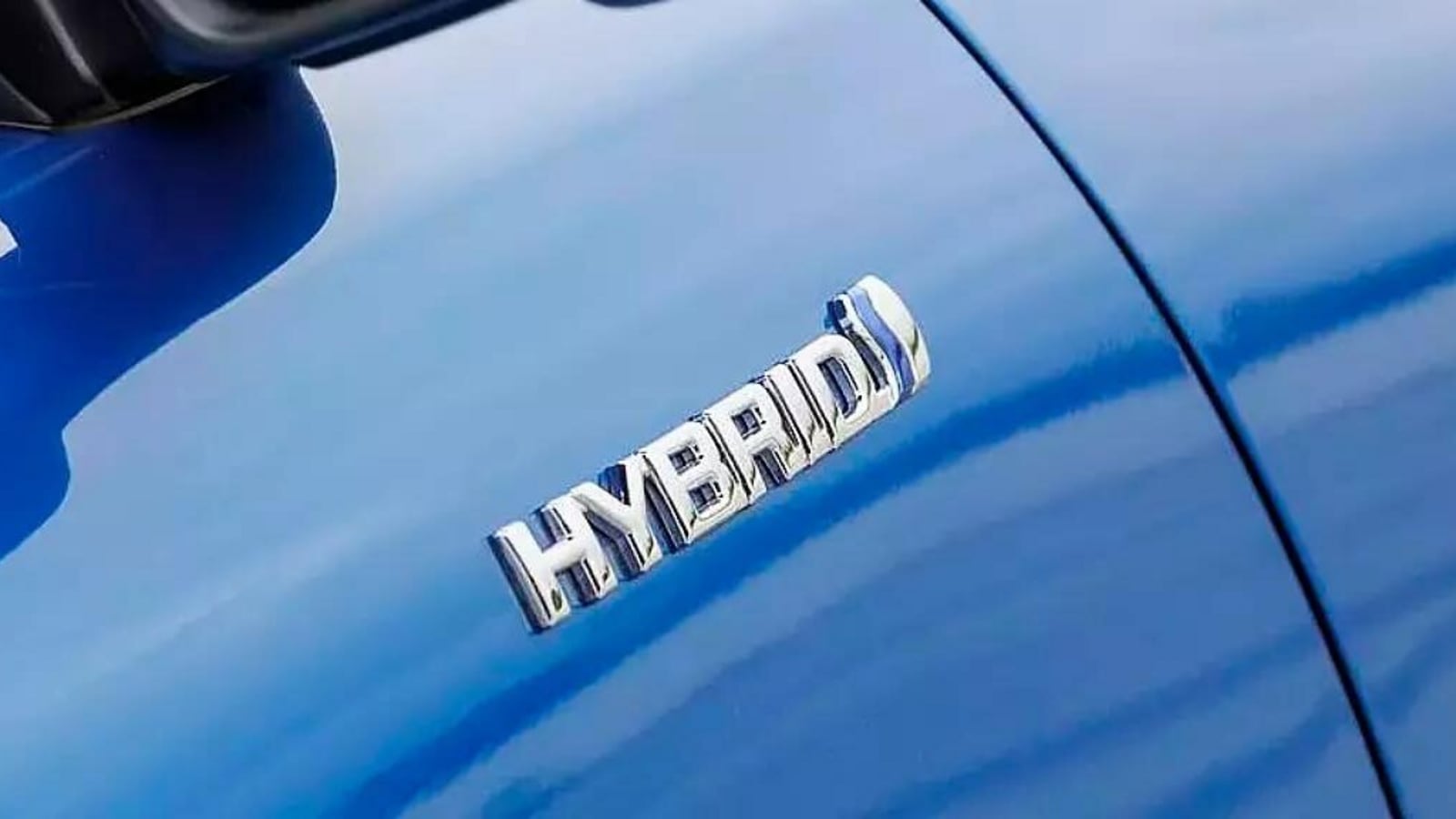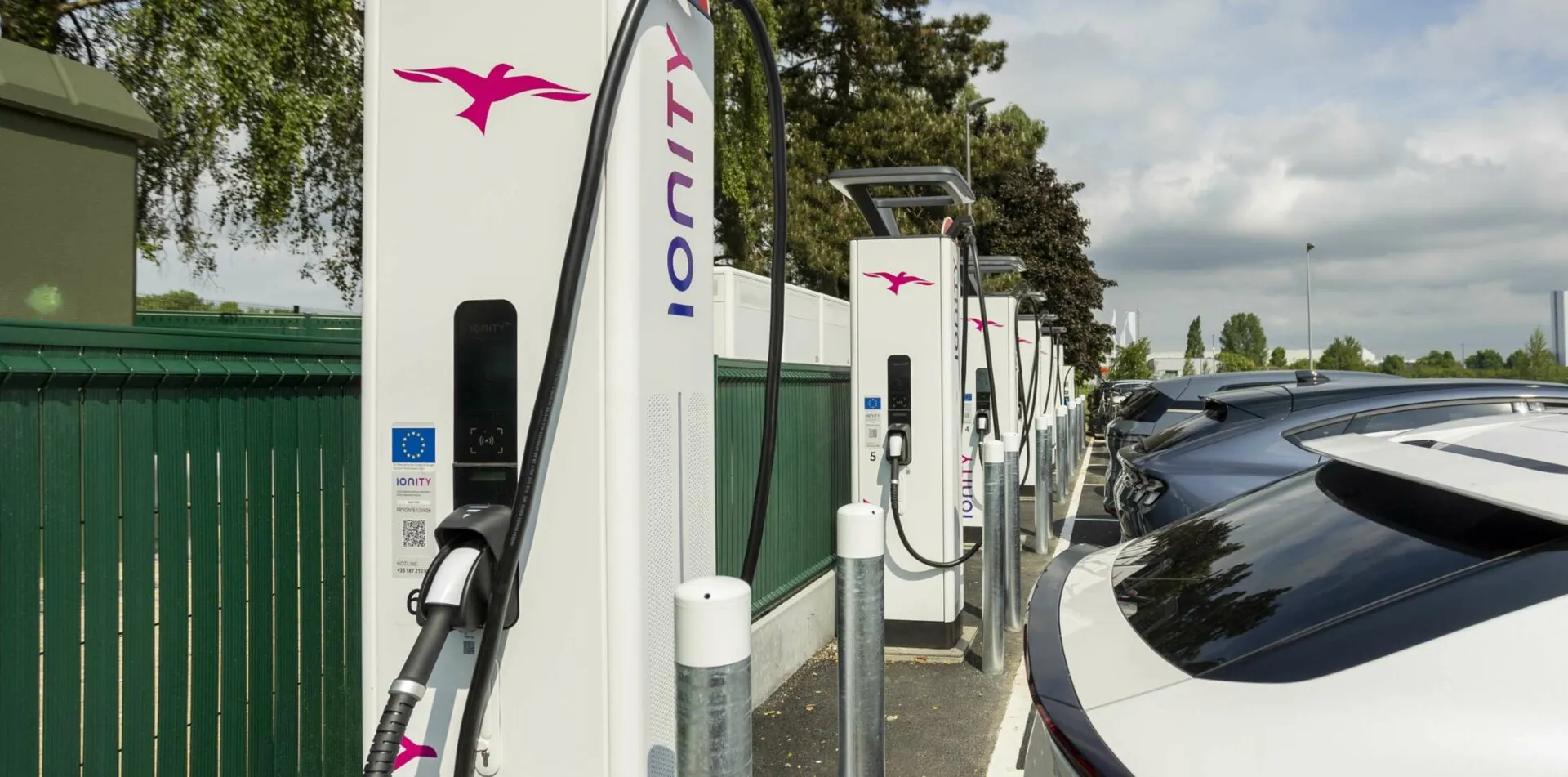A hybrid vehicle is powered by at least one electric motor and a gasoline engine, and its system recovers energy through regenerative braking. Sometimes the electric motor does all of the work, other times the combustion engine does, and sometimes both work together. As a result, less fuel is burnt, and the fuel economy improves. Adding electric power can even improve performance in some cases.
In India, around 23 hybrid cars are available, ranging from the Maruti Suzuki Ertiga to the Lamborghini Revuelto. While these vehicles differ in size and performance, which explains the price difference, they also differ in how their hybrid systems operate. There are four types of hybrids available in Inida – mild hybrid, strong hybrid, plug-in-hybrid and electric vehicles with range extender.
Mild hybrid
One of the most recent advances in hybrid technology is the “mild” hybrid system. Like the name implies, a mild hybrid system normally isn’t going to propel the vehicle on electric power alone. Instead, the system is used to provide a minor boost to the vehicle’s combustion engine, generally when accelerating from a standstill, as well as to help relieve the burden of power-hungry systems, such as air conditioning, on the engine.
Mild hybrids, which are typically found in 48 volt electric systems, do not require a plug to operate. Instead, the batteries are recharged using a combination of gasoline engine power and energy collected during braking (also known as regenerative braking).
Maruti Suzuki introduced mild hybrids in India in 2015 with the launch of the Ciaz diesel with SHVS. Currently, the technology can be found in numerous Maruti vehicles, including the Ertige, Brezza, Fronx, and XL6, among others. A few luxury carmakers, such as Volvo and Audi, are also offering the technology. Some manufacturers use the term “Micro Hybrid” to describe a car’s start/stop feature. However, because the battery does not assist in driving the vehicle, it is not truly a hybrid but rather a marketing gimmick.
Strong hybrid
Full hybrid vehicles, like mild hybrids, include both a gasoline engine and an electrical component. However, the electrical component in a full hybrid vehicle can handle significantly more of the workload than a mild hybrid. Most full hybrids can travel for some distance entirely on electric power. This generally occurs at slower city speeds.
When it comes to full hybrid vehicles, there are two primary types of powertrains: parallel and series hybrid. ‘Parallel hybrids’ can power the engine in one of three ways: directly from the engine, directly from the electrical motor, or by combining both systems. This system is found in Toyota’s Camry and Lexus hybrid cars.
In a ‘Series hybrid’, the wheels are powered entirely by an electric motor, with the combustion engine acting as a generator. The engine never truly powers the wheels. Series hybrid vehicles in India include the Honda City Hybrid, Toyota Urban Cruiser Hyryder, and Maruti Suzuki Grand Vitara, among others.
With advancements in hybrid technology, some vehicles run as a combination of the two (dubbed “series-parallel” hybrids), with the on-board computer system determining the most efficient mode of operation at any given time. Full hybrids charge their battery systems in essentially the same way that mild hybrids do, using energy from the gasoline engine and regenerative braking.
Plug-in-hybrid
While the aforementioned hybrids only charge their batteries internally, plug-in hybrids (PHEVs) charge their batteries both internally and externally. As a result, plug-in hybrids tend to have longer electric-only ranges than full hybrids. Plug-in hybrids are essentially a halfway point between full hybrid and fully electric automobiles.
PHEVs can run as electric vehicles in cities, significantly reducing tailpipe pollution. In India, only a few cars are equipped with PHEV technology, including luxury SUVs like the Volvo XC90 and Porsche Cayenne, luxury sedans like the Porsche Panamera, and even supercars like the Ferrari SF90 Stradale and Lamborghini Revuelto.
Electric vehicles with range extender
Electric vehicles with range extenders have an engine, a battery pack, and a motor. The engine simply serves as a generator, topping up the battery when necessary, while the electric motor drives the wheels. The engine can run at its most efficient level because it is not directly supplying motive force.
While no vehicles with this technology are currently available in India, some overseas models, like as the Nissan Qashqai, do. The Nissan Qashqai’s powertrain employs a range-extender setup in which the 190hp 1.5-litre three-cylinder turbocharged petrol engine with variable compression ratio is employed solely to generate electricity rather than directly powering the wheels. This is then sent through the inverter to either the 2.1kWh battery pack, the 190hp electric motor, or both, depending on the driving situation.
Is hybrid a good choice for Indian roads
Hybrids have not been popular in India in the past due to high upfront cost of buying a hybrid, and lack of government subsidies for this tech, and and because some see it to be not as green as pure electric as it still relies on internal combustion.
However, the recent launches of hybrid models especially in the mass market segment has given the technology a ray of hope to shine in India. With EV charging infrastructure not available widespread, companies like Maruti and Toyota are betting big on hybrid tech. To this extent, both the Japanese brands are now convincing the government to reduce taxes on these types of vehicles.
In reality, a recent study conducted by the Indian Institute of Technology (IIT) Kanpur called into question the assertion that electric cars are more environmentally beneficial than hybrid cars and traditional internal combustion engine vehicles. The study discovered that Hybrid Electric Vehicles (HEVs) release the least amount of greenhouse gases (GHGs) compared to the other two categories of vehicles, but are more expensive.
High government taxes on hybrid cars are the primary cause of high pricing. The IIT paper stated that if the government wishes to promote clean technology, hybrid automobiles should be taxed at the same rate as battery vehicles.
First Published Date: 22 Jan 2024, 10:25 AM IST



